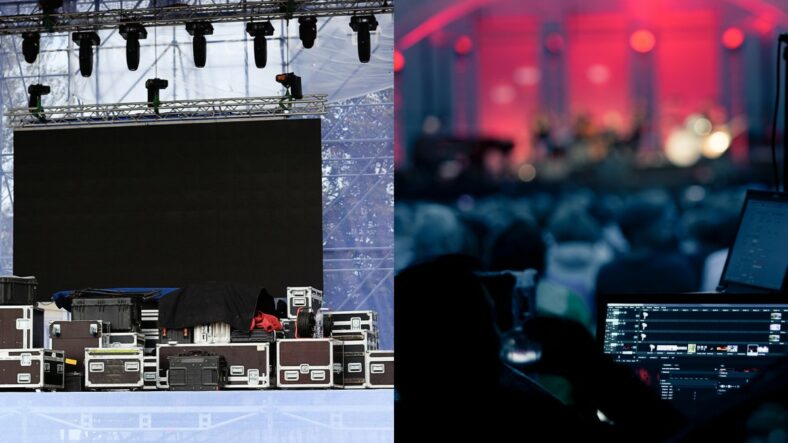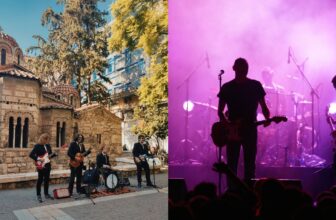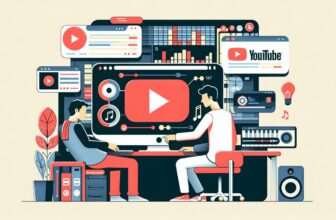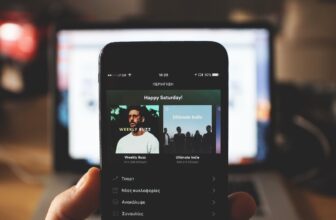How Loud Are Concerts And Festivals? (How Many Decibels?)

Concerts and festivals average around 110-120 decibels (dB), with some even going beyond that. To put it in perspective, normal conversation levels are around 60 dB, while a gun shots register at 140 dB.
In this article, I will delve into the different factors that affect sound levels at concerts and festivals, the potential risks of exposure to loud music, and tips for protecting your hearing.
At a glance:
- Loudest concerts reached sound levels up to 136 dB.
- Factors affecting sound levels: venue size, music genre, sound systems.
- Rock concerts: 100-120 dB; EDM festivals: 110-125 dB; Classical music: 75-95 dB.
- Risks of loud music exposure: hearing damage, tinnitus, stress, and fatigue.
- Hearing protection tips: wear earplugs, take breaks, and maintain distance from speakers.
- Regulations and guidelines: maximum permissible sound levels and sound monitoring.
- Understanding factors and following guidelines help enjoy events without compromising hearing health.
Contents
Loudest concert in history
According to this article by The Ottawa Citizen, KISS’s 2009 performance in Ottawa, measured an astounding 136 dB.
Factors Affecting Sound Levels at Concerts and Festivals
Venue size and type
The size and location of the place can have a big impact on how loud things get. In larger open areas like a park or a field, the sound is more likely to spread out, which means it won’t be as loud as it would be in a smaller indoor space.
Music genre
In the world of concerts and festivals, the music genre can make a big difference when it comes to volume levels. If you’ve ever been to a rock concert, you know they can get pretty loud. And if you’re into electronic dance music (EDM), you’re probably no stranger to high volume levels. On the other hand, classical music performances tend to be on the quieter side.
Rock concerts can reach 100-120 dB, while EDM festivals can go up to 110-125 dB. Meanwhile, classical music events typically stay around 75-95 dB. Keep genre in mind when you’re assessing sound levels at different types of events.
Sound systems and equipment
The quality and type of sound equipment used at a concert or festival can greatly influence the volume levels. High-quality sound systems can produce clear audio at lower volumes, while poor-quality systems may require increased volume to achieve the same effect.
Risks of Exposure to Loud Music
Hearing damage
Prolonged exposure to sound levels above 85 dB can cause permanent hearing loss. The risk increases with the volume level and the duration of exposure.
To learn more about hearing damage and what causes it, check out the article Too Loud. Too Long. by the National Institutes of Health.
Tinnitus
Tinnitus is a constant ringing, buzzing, or other sound in your ears or head, but there’s no actual sound present. It can be caused by numerous things, like exposure to loud noises, ear infections, or aging.
To learn more about the symptoms, causes, and effects of Tinnitus, check out an article by the National Institute on Deafness and Other Communication Disorders (NIDCD).
Stress and fatigue
Being in a noisy environment for an extended period can lead to increased stress levels and fatigue, both of which can have adverse effects on your overall well-being.
To learn more about how loud noise can cause stress and fatigue, check out this study “Fatigue after work in noise – an epidemiological survey study and three quasi-experimental field studies” by Noise & Health.
Tips for Protecting Your Hearing at Concerts and Festivals
Wear earplugs
One of the most effective ways to protect your hearing is by wearing earplugs. Specially designed earplugs for concerts and festivals can reduce sound levels by 15-30 dB without significantly affecting the quality of the music. Check out our list of the best earplugs for concerts to see what we recommend for protecting your ears.
Take breaks
Give your ears a break by stepping away from the main stage or loudspeakers for a few minutes every hour.
Keep your distance
Avoid standing directly in front of the speakers, as the sound levels can be significantly higher in those areas.
Check out our article on how our daily listening habits can affect our hearing health to learn more about how we can protect our ears beyond concerts.
Regulations and Guidelines for Concerts and Festivals
Maximum permissible sound levels
Many countries have regulations on the maximum sound levels allowed for outdoor concerts and festivals. These limits typically range from 85 dB(A) for classical music to 105 dB(A) for rock and pop concerts.
Sound monitoring
Organizers of concerts and festivals are often required to monitor and record sound levels throughout the event to ensure compliance with regulations.
Conclusion
Concerts and festivals can be incredibly loud, with sound levels reaching up to 120 dB or higher. While this high-energy atmosphere is a part of the experience, it is essential to be aware of the potential risks and take measures to protect your hearing. By understanding the factors affecting sound levels, the dangers of prolonged exposure to loud music, and following guidelines for hearing protection, you can enjoy these events without compromising your hearing health.





